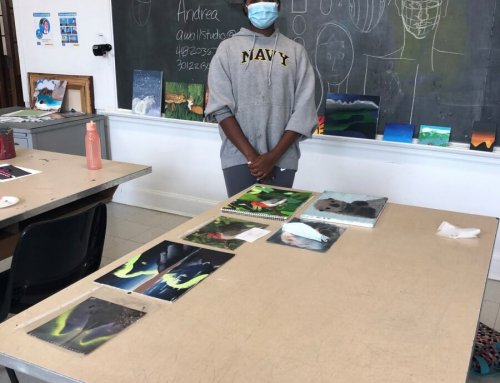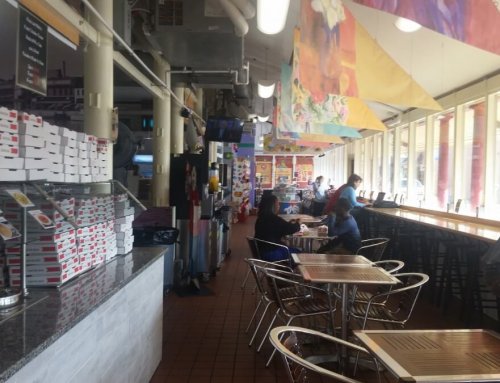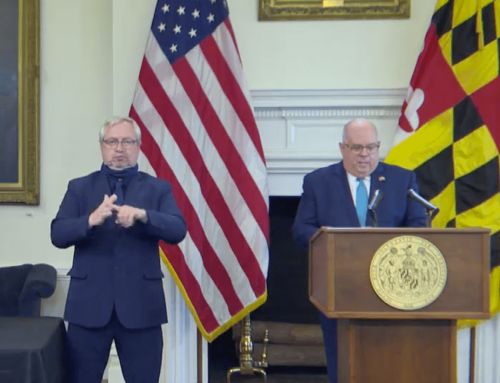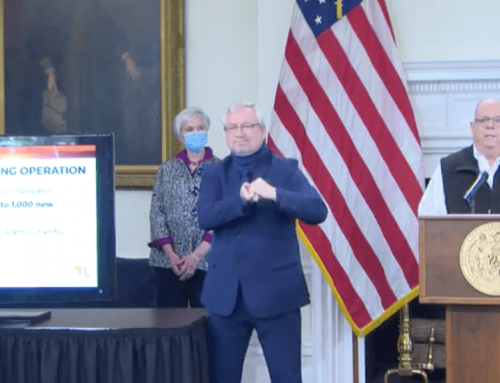It was the springtime deluge and not the subsequent downpours from both Hurricane Irene and Tropical Storm Lee (initially blamed for the die off) that scientists are now saying killed most of the oysters north of the Bay Bridge.
The amount of dead oysters is so extraordinary it’s led to the reported retirement of the Western Shore’s last Skipjack operator. There are about five Skipjacks engaged in oystering on the Eastern Shore. The Skipjack, Maryland’s state boat, is a traditional oystering vessel.
Between 74 and 79 percent of the oysters surveyed in that area north of the Bay Bridge were found dead according to reports. A few passes found the areas completely devoid of bivalve life.
They may have been the lucky ones. The live oysters that have been found have been called “bloated, watery and translucent” in published reports. By any measure, that just sounds inedible, and it probably means that those oysters are not long for the world.
The quick turnaround from discovery to possible explanation was by chance – a survey conducted annually by the Maryland Department of Natural Resources coincided with the opening of commercial oyster season. As watermen were lifting their tongs and finding nothing but dead oysters, the scientists from the DNR were also lifting their tongs and finding nothing but dead oysters. Reports of what had happened first surfaced Sunday.
The DNR scientists believe after a visual inspection that the oysters they found dead have been so for quite some time. Not that these oysters have exactly led a cushy existence in the first place.
That area of the Chesapeake Bay is susceptible to a large amount of freshwater runoff as it is and the levels are usually high enough to both retard reproduction and test the limits of an oyster’s tolerance.
Last year’s harvest was among the most fruitful in a long time and was treated as a signal that oyster harvests were on the uptick. Oyster reproduction in the area is cyclical – there’s a marked increase about once per decade, and if last year’s boom was part of that cycle the long term effects on the area could be catastrophic. The progress made last year has apparently been lost completely. Similar die offs have happened at least five times before according to the DNR.
All the facts aren’t in but it appears oyster levels elsewhere in the bay were unaffected. So far.
Replenishment efforts really can’t begin until spring, so this year’s harvest from the upper bay – which accounts for about 2 percent of the harvest overall, is just about ruined. DNR records state there are about 30 watermen working this particular stretch of water.
Working the waters of the Chesapeake Bay hasn’t been an easy job ever but it used to be a profitable and even a desirable one. The repercussions of this event are just now beginning to be felt. Immediately, one of the last traditionalists in the trade hung up his spurs, sparking the declaration that oystering in the upper bay was as dead as the oysters this year.
It’s hard to foresee the consequences of this crisis as it unfolds. The Federal Government declared a disaster a few years ago related to similar circumstances with the crab population, but no such declaration has been mentioned yet. It’s clear environmentalists, watermen, scientists and other stakeholders will need to work together in some capacity to improve oyster populations, but just as clear is the fragility of these oyster bed ecosystems.








Leave A Comment